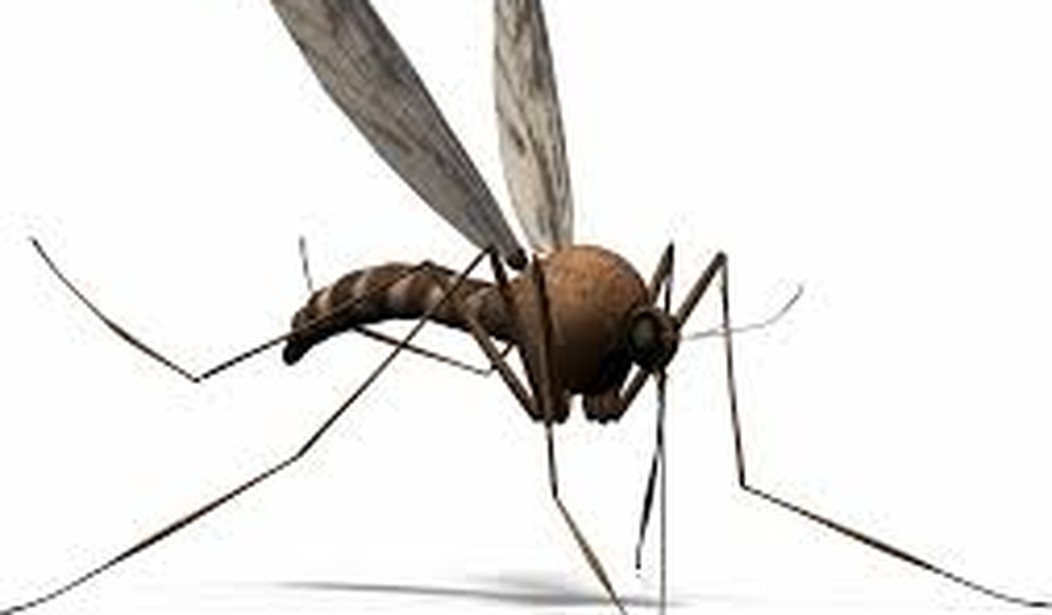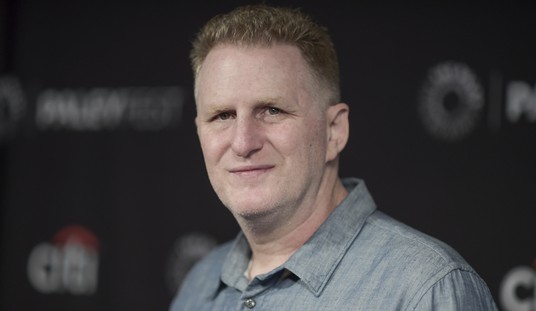WASHINGTON – Members of the Senate Judiciary Committee expressed concern on Wednesday about the domestic use of drones, saying the often-tiny, unmanned flying devices could carry undesirable consequences regarding the right to privacy.
Republicans and Democrats acknowledged that drones offer law enforcement a potentially valuable tool that could even be used by farmers to survey their acreage at a relatively inexpensive cost.
But the device, also known as a UAS, an acronym for unmanned aircraft system, also has the ability to travel nearly undetected into areas where it is unwanted – people’s homes or businesses – and record private information, making it seem like something out of 1984, a novel by George Orwell.
“While there may be many valuable uses for this new technology, the use of unmanned aircraft raises serious concerns about the impact on the constitutional and privacy rights of American citizens,” said Sen. Patrick Leahy (D-Vt.), the committee chairman.
That view was supported by Sen. Chuck Grassley (R-Iowa), the ranking member, who said using drones to essentially spy on people without their knowledge is “contrary to the notion of what it means to live in a free society.”
“We need to make sure we have sufficient legal safeguards to promote innovation while protect the general public,” Grassley said.
The drones in question differ markedly from the unmanned airplanes used so extensively by the American military for surveillance and combat operations overseas. They are smaller, lightweight, and, like their military cousins, unmanned. The Federal Aviation Administration estimates that as many as 30,000 drones will be operating in American airspace by the end of the decade.
One UAS under development reportedly would be the size of a mosquito.
The domestic use of drones provides a dilemma for lawmakers. The device already has proved its worth.
The Department of Homeland Security, through Customs and Border Protection, already operates modified, unarmed drones to patrol rural parts of the nation’s borders. They also are being used to support drug-interdiction efforts by various law-enforcement agencies.
Benjamin Miller, the Unmanned Aircraft Program manager for the Mesa County, Colo., Sheriff’s Office, told the panel that his office maintains two small, battery-operated unmanned aircraft systems – a Draganflyer X6, a backpack-sized helicopter that can fly for 15 minutes, and a Falcon UAV, an airplane that can fly for an hour and fits in the trunk of a car. Both are fitted with cameras.
The drones have flown 185 hours in just over 40 missions over the past four years on two small batteries. They have been used to provide a vital view of a church fire, locate the body of a missing woman, and conduct an aerial survey of the county landfill to determine the increase in waste over the previous year – a task that once cost almost $10,000 which was completed at a cost of $200 by the drone.
“While unmanned aircraft cannot recover a stranded motorist in a swollen river, they can provide an aerial view for a fraction of the cost of manned aviation,” Miller said. “I estimate unmanned aircraft can complete 30 percent of the missions of manned aviation for two percent of the cost. The Mesa County Sheriff’s Office projects direct cost of unmanned flight at just $25 an hour as compared to the cost of manned aviation that can range from $250 to thousands of dollars per hour. It actually costs just one cent to charge a flight battery for either of our systems.”
Michael Toscano, president and CEO of the Association for Unmanned Vehicles Systems International, added that drones have been used to assess the flooding of the Red River in the upper Midwest, battle California wildfires and are being used to study everything from hurricanes in the Gulf of Mexico, tornadoes in the Great Plains, and volcanoes in Hawaii.
“Unlike military UAS, the systems most likely to be used by public safety agencies are small systems, many weighing less than five pounds, with limited flight duration,” Toscano said. “As for weaponization, it is a non-starter. The FAA prohibits deploying weapons on civil aircraft.”
But the low cost and compact nature of drones make them a perfect device for surveillance, raising significant Fourth Amendment questions. Amie Stepanovich, director of the Domestic Surveillance Project at the Electronic Privacy Information Center, noted that drones can “be equipped with sophisticated surveillance technology that makes it possible to spy on individuals on the ground.”
While her organization recognizes that drones provide “many positive applications,” they can also be used to obtain evidence in a criminal proceeding, intrude on a reasonable expectation of privacy, and gather personal data.
“Rules are necessary to ensure that fundamental standards for fairness, privacy and accountability are preserved,” she said. “The technology in use today is far more sophisticated than most people understand. Cameras used to outfit drones are among the highest definition cameras available. The Argus camera…has a resolution of 1.8 gigapixels and is capable of observing objects as small as six inches in detail from a height of 17,000 feet. On some drones, sensors can track up to 65 different targets across a distance of 65 square miles. Drones may also carry infrared cameras, heat sensors, GPS sensors that detect movement and automated license plate readers.”
The U.S. Supreme Court hasn’t considered the limits of drone surveillance under the Fourth Amendment. Twenty years ago the justices determined that law enforcement could conduct manned aerial surveillance from as low as 400 feet without a warrant. There is no federal statute providing safeguards to protect privacy against increased drone use, although Congress has directed the FAA to come up with a plan to integrate UAS into the domestic airspace.
“Accordingly, there are substantial legal and constitutional issues involved in the deployment of aerial drones by law enforcement and state and federal agencies that need to be addressed,” Stepanovich said.
Ryan Calo, an assistant professor at the University of Washington School of Law, noted that drones “have a lot of people worried about privacy — and for good reason.”
“Drones drive down the cost of aerial surveillance to worrisome levels,” he said. “Unlike fixed cameras, drones need not rely on public infrastructure or private partnerships. And they can be equipped not only with video cameras and microphones, but also the capability to sense heat patterns, chemical signatures or the presence of a concealed firearm. American privacy law, meanwhile, places few limits on aerial surveillance.”
The American public, Calo said, enjoys “next to no expectation of privacy in public” and the Supreme Court has made it clear that law enforcement doesn’t need a warrant “to peer into your backyard.”
“I see no reason why these precedents would not extend readily to drones,” he said.









Join the conversation as a VIP Member